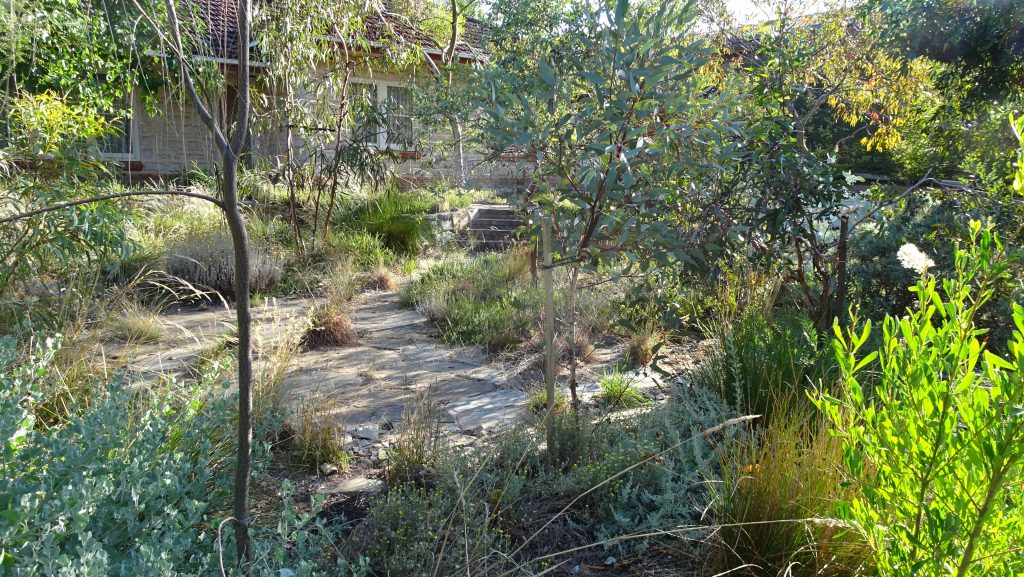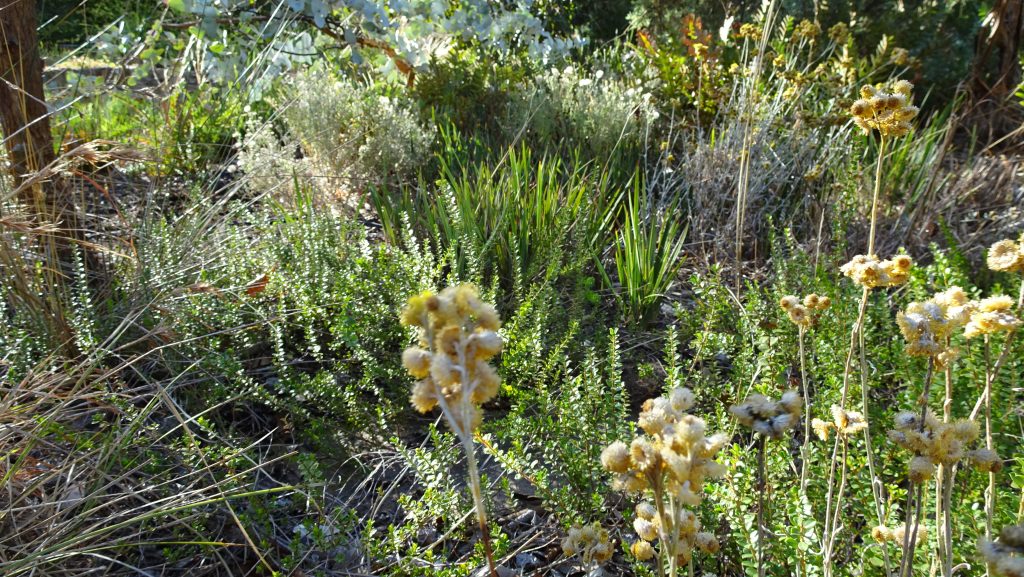Bush Gardens

Creating a bush garden in an urban setting is essentially mimicking what one observes in the natural environment. Whilst there are numerous variations in the natural environment, if one focuses their attention within their own region they are more likely to find examples of native and endemic plants suitable for their soil and setting. That might involve visiting nearby (or closest to) conservation parks, and observing/absorbing natural plant layers and associations, consulting your local council, visiting native and endemic plant nurseries. Go online and research local and endemic plants that grow, or previously grew in your region.
Landimpact’s approach to designing and creating a bush garden involves all of the above and then applying that research on the ground, to best match site specific elements including soil profile, site aspect, customer inputs and general design considerations as per our garden design philosophy – refer garden design page.

Creating an urban bush garden is not an exact science, nor does it need be, it does however involve some trial and error and doing what you can with the resources you have available. New plants require some nurturing and patience to allow them to develop and reflect their place in a planting scheme. Lower shrub layers including grasses and bulbs may require 2-3 seasons to establish a seed pool and become a more permanent ground layer that provides natural mulch to build and protect the immediate soil profile. Taller protective canopies of trees and shrubs may require multiple years to assume their role.

Once those plant layers have established though they will ultimately provide a uniquely natural and tranquil setting, easy to maintain, attractive to local fauna, birds and insects and very low water requirements.
